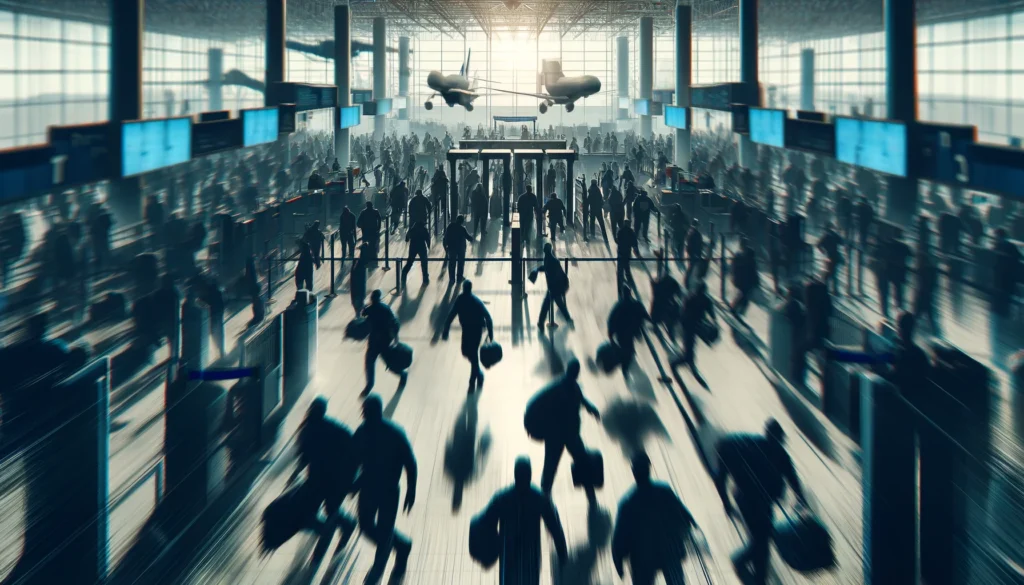The Transportation Security Administration (TSA) has disclosed a concerning trend in air travel security, revealing that hundreds of people have managed to bypass various security measures at airports across the United States over the past 12 months. This alarming revelation highlights the vulnerabilities that persist in the nation’s aviation security system, despite the efforts made to fortify it in the wake of the 9/11 terrorist attacks.
According to TSA spokesperson R. Carter Langston, there have been at least 300 instances of individuals circumventing airport security protocols since March 2023. These incidents have ranged from travelers sneaking past TSA officers who check identification to individuals entering secured areas without proper screening.
One notable case occurred in November at Phoenix Sky Harbor International Airport, where two women were arrested for breaching a secured exit in an attempt to catch their flight after arriving late. Another incident took place at Palm Springs International Airport on February 22, when a ticketed traveler walked through an unstaffed body scanner, prompting authorities to evacuate the post-security areas as a precautionary measure.
The TSA has classified these security lapses as a “trend” that demands immediate attention and mitigation efforts. While the agency maintains that airports and airplanes remain among the safest public spaces in the United States, the increasing frequency of security breaches raises concerns about the potential for dangerous individuals to exploit these vulnerabilities.
In response to inquiries, the TSA declined to provide detailed documentation on annual statistics or specific incidents related to security lapses, citing the sensitive nature of law enforcement information. However, Langston revealed that since March 2023, more than 200 people have bypassed “exit lanes,” which are designed to direct passengers from post-security areas to pre-security zones such as baggage claim and passenger pickup.
Furthermore, approximately 80 individuals have evaded the travel document checker (TDC) podium, where TSA agents verify travelers’ identification and boarding passes. Although the majority of these individuals were subsequently stopped in the checkpoint area and underwent screening by metal detectors or body scanners, the fact that they were able to bypass the initial security layer is a cause for concern.
The motives behind these security breaches vary, according to the TSA’s assessment of the incidents. While Langston emphasized that the vast majority of individuals do not appear to have malicious intent, some travelers may accidentally bypass checkpoints, while others, like the women in Phoenix, deliberately attempt to sneak onto flights. Impatience with long lines and wait times has also been cited as a contributing factor.
To address these security lapses, the TSA has implemented various mitigation efforts, such as installing solid plastic or glass barriers in place of retractable nylon stanchions at vulnerable points in the security process. These physical barriers have proven effective in preventing unauthorized access, particularly when TSA officers are engaged with other passengers.
Additionally, some airports have invested in automated deterrents, such as one-way gates that prevent “back flow” through exit lanes. However, the implementation of these technological solutions is complicated by factors such as budget constraints and the unique layout of each airport.
As the TSA continues to grapple with this surge in security breaches, it is clear that a multi-faceted approach involving enhanced physical barriers, advanced technology, and increased vigilance from TSA officers and airport staff will be necessary to bolster the security of the nation’s air travel system. While the current situation is a cause for concern, the TSA remains committed to working tirelessly to identify and address vulnerabilities, ensuring the safety and security of the millions of travelers who rely on air transportation every year.



